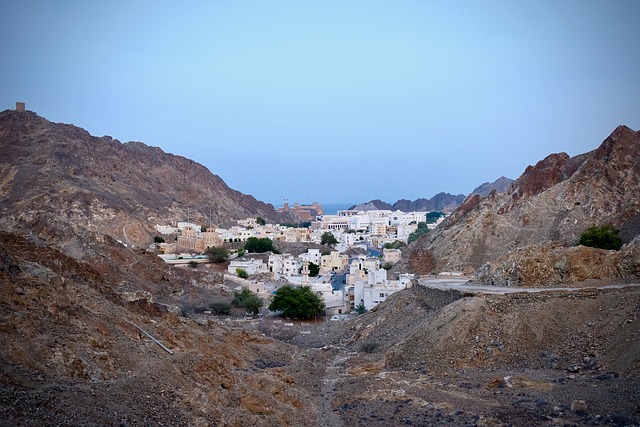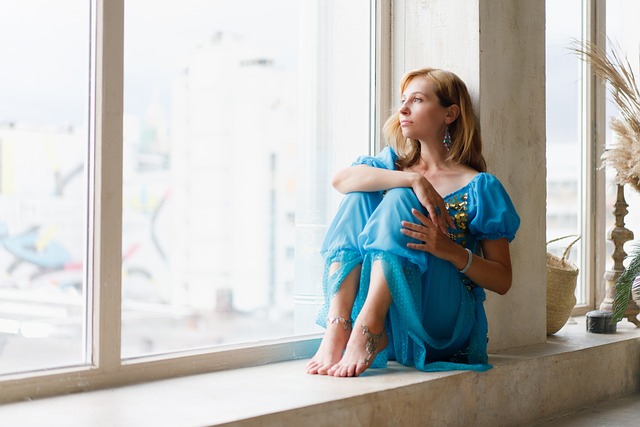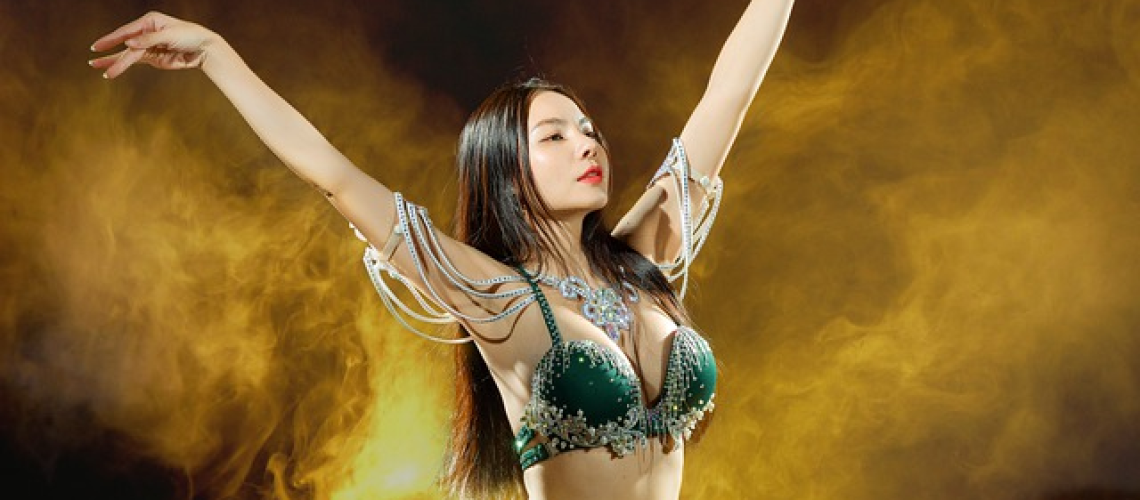Arab Belly Dancing, also known as Oriental Dance, is a captivating art form that has origins dating back thousands of years. This mesmerizing dance style originated in the Middle East and North Africa and has since spread worldwide, captivating audiences with its graceful movements and intricate choreography. Arab Belly Dancing holds significant cultural importance, serving as a means of self-expression, celebration, and storytelling within Arab communities.
This article aims to provide an insightful exploration into the world of Arab Belly Dancing by delving into its origins and history, examining its cultural significance, and highlighting key elements that define this unique dance form. Through parallelism, we will present a visual representation of ideas to help readers gain an in-depth understanding of this ancient art form. By adopting an academic style of writing that is objective and authoritative, this article seeks to inform and educate readers about the rich traditions and complexities associated with Arab Belly Dancing. Whether you are a novice or a seasoned enthusiast seeking intimacy with this dance genre, join us on this enlightening journey into the enchanting realm of Arab Belly Dancing.
Key Takeaways
- Arab Belly Dancing, also known as Oriental Dance, originated in the Middle East and North Africa.
- It serves as a means of self-expression, celebration, and storytelling within Arab communities.
- The dance form evolved over time, incorporating elements from various cultures, and gained popularity in Europe in the 19th century.
- Arab Belly Dancing requires skill, technique, and discipline, going beyond sensuality.
Origins and History of Arab Belly Dancing

The origins and history of Arab belly dancing can be traced back to ancient civilizations such as Mesopotamia, Egypt, and Greece. It is believed that the dance form originated in religious rituals during fertility rites or as an expression of feminine power. Over time, Arab belly dancing evolved and incorporated elements from various cultures, including Persian, Indian, Turkish, and Romani influences.
Arab belly dancing has had a significant influence on modern belly dancing styles around the world. In the 19th century, it gained popularity in Europe through exhibitions at World’s Fairs and Orientalist paintings which often portrayed the dancers in a sensual manner. This eroticized portrayal led to misconceptions about Arab belly dancing being solely a seductive art form performed for male entertainment.
However, it is essential to understand that Arab belly dancing encompasses more than just sensuality. It is an intricate dance form that requires skill, technique, and discipline. The movements involve isolations of different parts of the body like hips, abdomen, chest, arms, and hands. The dancer’s ability to control each movement with precision creates captivating performances.
In recent years there has been a push within the Arab community to reclaim the cultural significance of belly dancing by highlighting its historical roots as well as its artistic value beyond mere entertainment. By debunking misconceptions surrounding this dance form and promoting understanding of its rich heritage, efforts are underway to preserve and celebrate Arab belly dancing for generations to come
Cultural Significance of Arab Belly Dancing

Cultural scholars have long examined the historical and societal importance of Arab belly dancing, recognizing its cultural significance in various contexts. This expressive dance form holds deep roots in Middle Eastern cultures, reflecting the region’s rich history and diverse traditions. One aspect that has garnered attention is the issue of cultural appropriation, which refers to the adoption or use of elements from a different culture without fully understanding or respecting their original meaning. Critics argue that belly dancing has been appropriated by Western cultures, often divorced from its cultural context and reduced to mere entertainment.
Arab belly dancing plays a significant role in shaping cultural identity within Middle Eastern societies. It serves as a means of preserving traditional customs and connecting individuals to their heritage. Through intricate movements and elaborate costumes, this dance form embodies elements of femininity, sensuality, and spirituality deeply ingrained in Arab culture. It allows women to express themselves artistically while showcasing their strength and grace.
Furthermore, Arab belly dancing provides a platform for self-expression and empowerment for women in societies where gender roles are often rigidly defined. By reclaiming this dance form as an expression of their own identity, women challenge societal norms and assert their agency.
Arab belly dancing holds immense cultural significance both within its originating communities and beyond. However, it is crucial to approach this art form with respect for its origins and avoid reducing it to superficial stereotypes or exploiting it through cultural appropriation.
Key Elements of Arab Belly Dancing

One essential component of Arab belly dancing is the intricate and fluid movements that are reminiscent of a flowing river, captivating audiences with their grace and precision. These key elements are what make this dance form unique and mesmerizing.
The techniques used in Arab belly dancing vary, but they often involve isolating different parts of the body to create beautiful and hypnotic movements. Dancers use their hips, torso, arms, and hands to create a wide range of movements that showcase their skill and control.
Costumes play an important role in Arab belly dancing as well. Traditional costumes typically include a bedlah, which consists of a bra-style top adorned with beads or sequins, a hip belt or skirt made of coins or fringe to accentuate hip movements, and sometimes a veil or headdress. These costumes add to the visual appeal of the dance and help enhance the overall performance.
Music also plays an integral part in Arab belly dancing. Traditional music often includes instruments like the tabla (a type of drum), oud (a stringed instrument), and qanun (a zither-like instrument). The rhythmic beats and melodic tunes provide dancers with inspiration for their movements.
In addition to its cultural context, Arab belly dancing also offers various health benefits. It can improve flexibility, muscle tone, posture, coordination, and cardiovascular fitness. Moreover, it promotes self-expression and body positivity.
Modern interpretations have allowed for the fusion of different dance styles into Arab belly dancing. This has resulted in new forms such as tribal fusion belly dance or contemporary oriental dance that incorporate elements from other cultures while still preserving its traditional roots.
Overall, Arab belly dancing encompasses key elements such as intricate techniques, vibrant costumes, captivating music, cultural context, health benefits,and modern interpretations that collectively contribute to its enduring allure.
Frequently Asked Questions
Are there any specific costumes worn during Arab Belly Dancing?
Specific costume elements worn during Arab belly dancing include a bedlah (bra and belt), hip scarves, and veils. These costumes are adorned with intricate beading, coins, and sequins, reflecting the cultural significance of femininity and sensuality in Middle Eastern dance.
What are some common misconceptions about Arab Belly Dancing?
Common misconceptions about Arab belly dancing include cultural appropriation, which disregards the origins and history of the dance. It is important to approach this topic with knowledge, authority, and information to foster a sense of intimacy with the audience.
Is Arab Belly Dancing only performed by women?
Arab belly dancing is not only performed by women, but it is predominantly associated with them. Gender roles play a significant role in this traditional dance form, reflecting cultural values and societal expectations.
Are there any health benefits associated with practicing Arab Belly Dancing?
Practicing Arab belly dancing has been associated with various health benefits. It can contribute to improved mental well-being by reducing stress and anxiety. Additionally, the vigorous movements involved in this dance form can enhance cardiovascular fitness.
How has Arab Belly Dancing evolved over time?
Arab belly dancing has undergone an evolutionary journey shaped by various influences, resulting in its rich cultural significance. From ancient fertility rituals to modern entertainment, this art form continues to captivate audiences with its mesmerizing movements.
